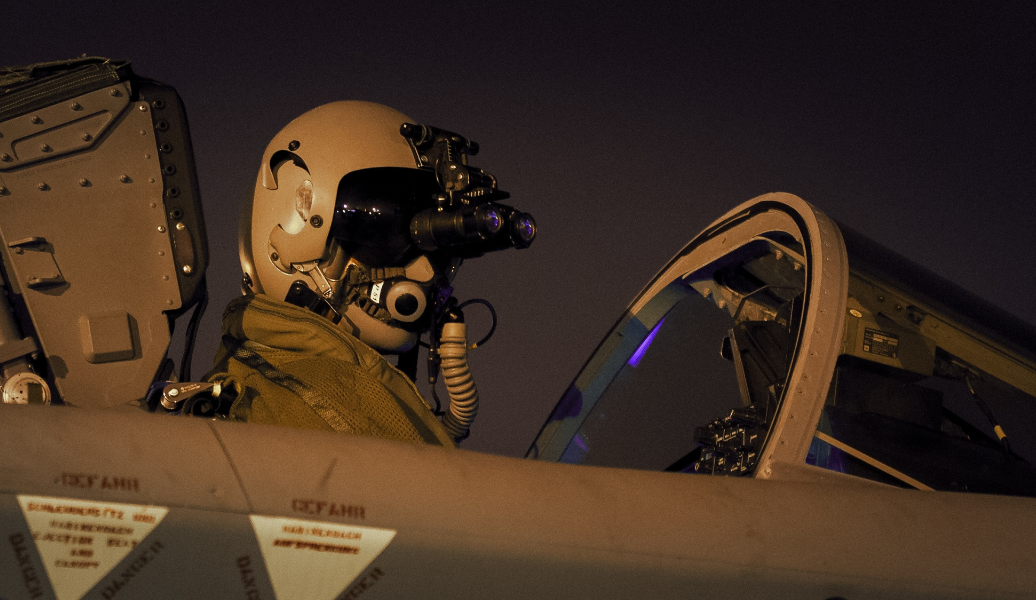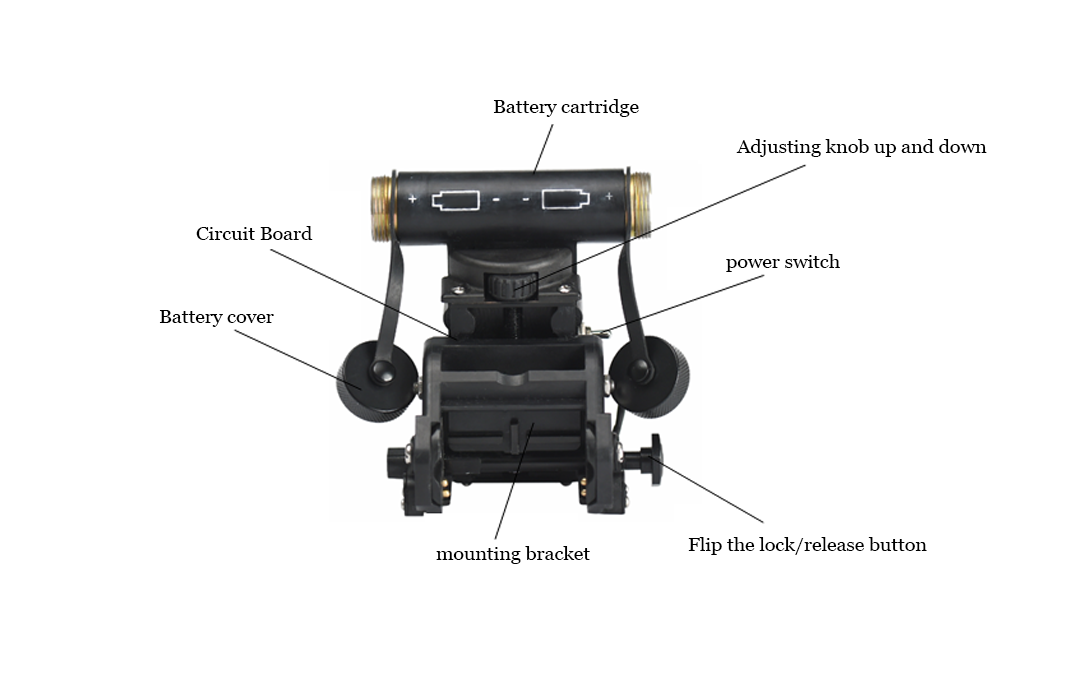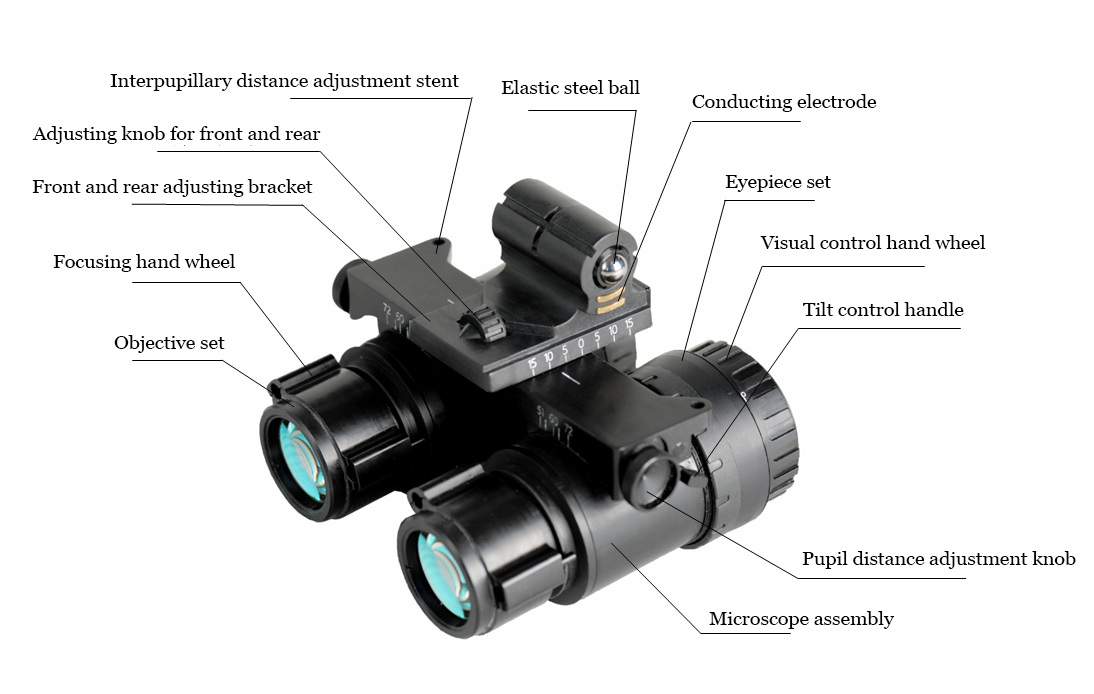Night vision goggles are a night image enhancement system installed on helmets. They use weak visible light and near-infrared light to provide pilots with direct visual night vision images, and assist pilots in completing various flight and training tasks such as close-range formations at night.

Wearing night vision goggles can assist pilots in directly observing the combat environment and the targets under attack in the night, completing night takeoffs and landings, formation flying, visual recognition of landmarks and landforms, horizon, aerial reconnaissance, low-altitude search and identification of ground targets, and assisting infrared search and ground attacks.

Features:
-Adopt high-performance second-generation semi-low-light image intensifier.
-Adopt Class C night vision compatibility to meet the compatibility requirements of various aircraft cockpits.
-Lightweight design to improve wearing comfort.
-Long exit pupil design to meet the needs of scanning cockpit instruments with the peripheral vision of the eyes.
-Large exit pupil design to meet the needs of eccentric pupil observation.
-With up/down flip, pupil distance, tilt, up and down, front and back adjustment, and low battery alarm function.
Structure:
Night vision goggles are mainly composed of objective lens group, eyepiece group, lens body group with image intensifier, pupil distance adjustment bracket, front and rear adjustment bracket, elastic steel ball, pupil distance adjustment knob, front and rear adjustment knob, tilt adjustment handle, focusing handwheel, diopter handwheel, conductive electrode, etc.
Working principle:
The objective lens of the night vision goggles images the target illuminated by weak natural light (starlight, moonlight) on the cathode surface of the image intensifier (this image is a very weak optical image), and through the photoelectron conversion effect of the cathode surface of the image intensifier, the weak optical image is converted into an electronic image, and then it is enhanced by nearly 10,000 times through the strong electric field of the electronic optical system, and an optical image with enhanced brightness is obtained on the fluorescent screen of the image intensifier, thereby realizing the conversion of optical image-electronic image-optical image and brightness enhancement, and then magnified through the eyepiece for human eye observation.

Precautions:
1. When debugging and checking the night vision goggles during the day, it is strictly forbidden to remove the objective lens cover to avoid continuous strong light exposure to reduce the performance of the image intensifier.
2. After installing the battery, the battery cover should be tightened.
3. Special installation training is required for installing night vision goggles with one hand while wearing a helmet.
4. Improper positioning of the night vision goggles in the mounting bracket may cause the night vision goggles to fall off.
5. When performing the up/down operation, you must press the flip lock/release button before flipping the night vision goggles. It is prohibited to flip the night vision goggles without pressing the flip lock/release button.
6. When removing the night vision goggles, you must hold the pupil distance adjustment bracket and the mirror body at the same time and pull the night vision goggles forward in the horizontal direction. It is prohibited to pull the mirror body alone.
7. When not in use, turn off the power and put the night vision goggles into the packaging box.
8. The power-on self-test LED lights up for 1 to 2 seconds and then goes out to indicate normal operation.
9. When continuous slow flashing occurs for the first time, it can still be used normally for more than 2 hours.
10. The night vision goggles should be powered on and checked every three to six months.
11. Ejection while wearing night vision goggles may cause neck injury.

